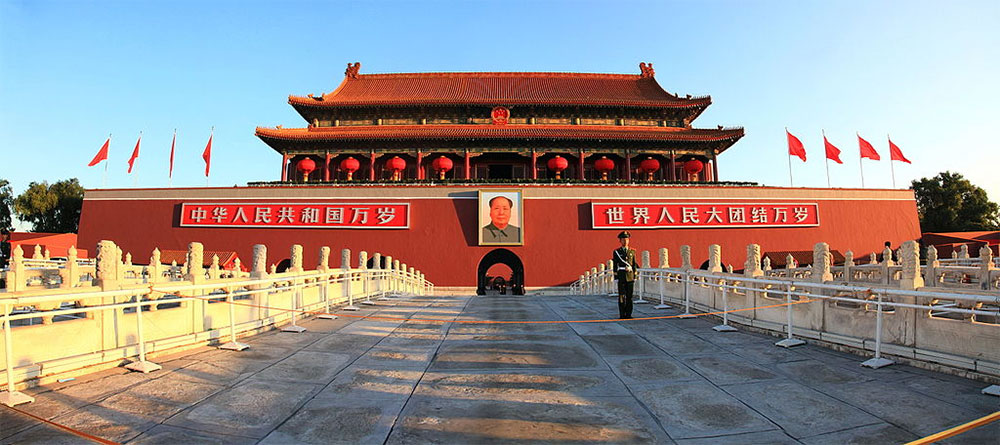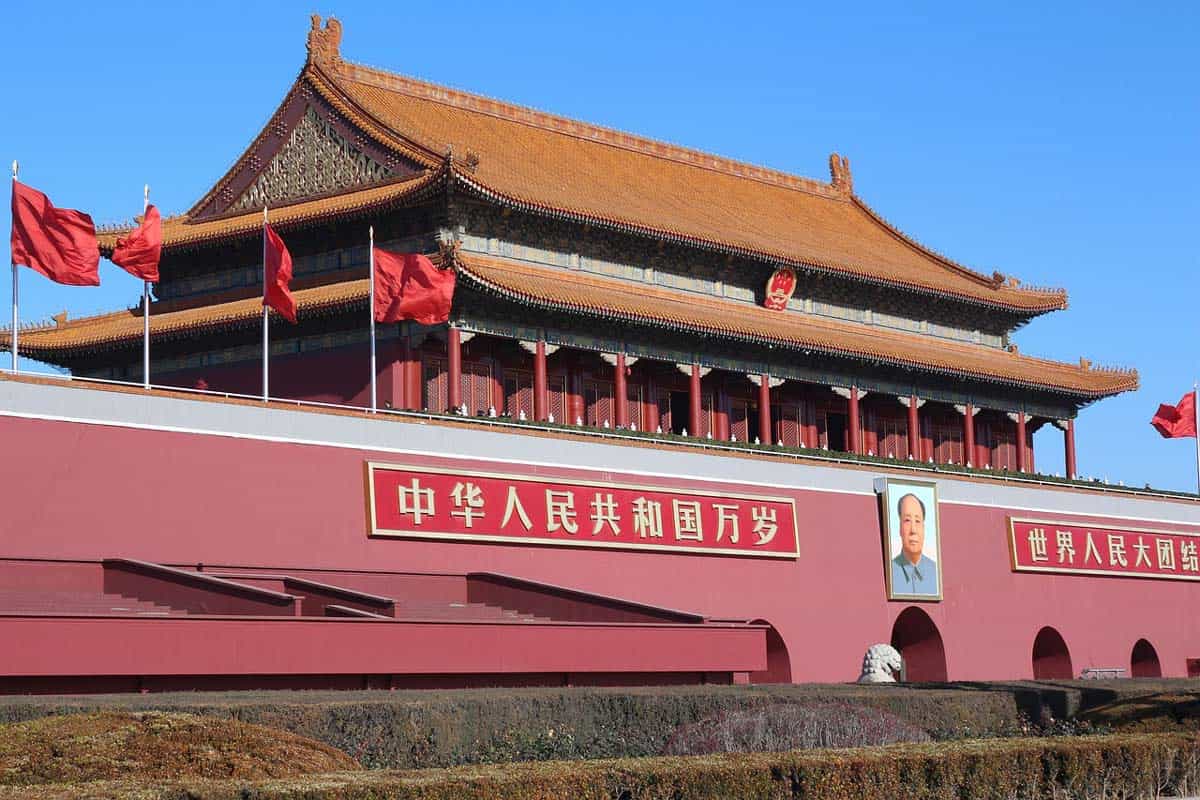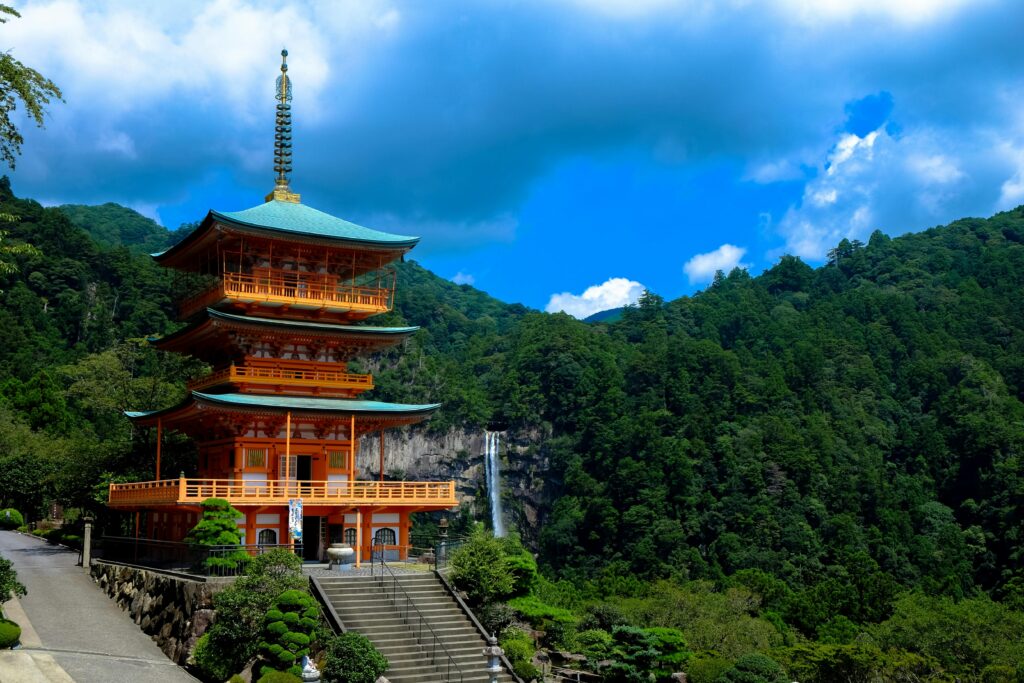|
Getting your Trinity Audio player ready...
|

Nestled in the center of Beijing, China, the Forbidden City is one of the world’s most famous and important historical sites. Once the residence of emperors, this location today houses over 9,000 rooms and old cultural items.
It is one of the most amazing and popular museums worldwide. In-depth information regarding the Forbidden City’s significance and magnificence is provided in this article.
Contents at a Glance
- 1 5 Interesting Facts About the Forbidden City in China
- 1.1 1. The world’s largest imperial palace is the Forbidden City.
- 1.2 2. The museum is among the most popular in the world.
- 1.3 3. The construction of the Forbidden City took 14 years.
- 1.4 4. Its Grand Roofs Are Not Especially Suitable for Birds
- 1.5 5. A masterwork of Chinese architecture is the Forbidden City.
- 2 Frequently Asked Questions
- 3 Conclusions – Interesting Facts About the Forbidden City in China
5 Interesting Facts About the Forbidden City in China
1. The world’s largest imperial palace is the Forbidden City.

China’s imperial residence is known as the Forbidden City. Situated in Beijing, the nation’s capital, the Forbidden City is both the world’s biggest ancient palatial complex and the largest and best-preserved heritage monument in China.
The largest collection of intact medieval wooden constructions in the world can be found there. It was designated as a World Heritage Site by UNESCO in 1987.
2. The museum is among the most popular in the world.
:max_bytes(150000):strip_icc()/ForbCityClocksMichaelCoghlanFlickr-56a043345f9b58eba4af93dc.jpg)
The complex was converted into the Palace Museum in 1925, a year after the last emperor departed. It is currently the most popular museum in the People’s Republic of China and one of the most significant pieces of cultural heritage.
The museum is home to the world’s largest collection of ancient Chinese artifacts, which date back thousands of years. Ancient calligraphy, embroidery, porcelain, jade, paintings, and other artifacts with global and Chinese historical significance are on display.
3. The construction of the Forbidden City took 14 years.

The Forbidden City took fourteen years to build, employing over a million laborers, including 100,000 master craftsmen. Work on the project started in 1406.
The materials used came from all around China, including marble from adjacent quarries and priceless wood from the southwest jungles. Considering the primitive state of technology at the time, the sheer magnitude and accuracy of its construction are amazing.
You may also like: 7 Historical Museums in China
4. Its Grand Roofs Are Not Especially Suitable for Birds
You can observe that there are no birds perched on the roofs when visiting the Forbidden City. This is a result of the unique design of the roofing.
The clever craftsmen came up with a clever idea to prevent birds from landing on the roofs in order to preserve the cleanliness and magnificence of the Forbidden City: they made each roof’s slope higher and its spine wider than the distance between a bird’s claws. This prevents birds from landing on the roofs.
5. A masterwork of Chinese architecture is the Forbidden City.

The world’s largest collection of intact medieval wooden constructions is found in the Forbidden City. Aside from the complex’s size, the architecture’s level of detail is remarkable. The rich culture and traditional architecture of China are reflected in every detail.
Frequently Asked Questions
1. What is special about the Forbidden City?
Arguably the most well-known palace in Chinese history, the Forbidden City is the largest surviving royal palace complex in the world.
2. What does the Forbidden City symbolize?
Just as the Pole Star is the center of the heavenly universe, the Forbidden City is the center of the physical world.
3. What does the Forbidden City mean in Chinese?
The name “Forbidden City” is a translation of the Chinese name Zijin Cheng (Chinese: 紫禁城; pinyin: Zǐjìnchéng; literally: “Purple Forbidden City”)
Conclusions – Interesting Facts About the Forbidden City in China
One of China’s greatest architectural achievements and symbols of its rich cultural heritage is the Forbidden City. It is one of the most fascinating historical places in the world because of its enormous size, complex construction, and symbolic features.
Visitors from all over the world are enthralled and educated by the Forbidden City, which serves as a window into the past and provides priceless insights into the majesty and intricacy of imperial China.








